Buying your first used car can be intimidating, especially if you have no idea what you’re doing. But don’t worry, here’s a compiled a list of questions to ask the dealer while you’re car shopping. By expressing your concern, you can ensure you’ll get the best deal and that the car you decide on is the safest and most efficient choice for you.
Don’t be shy – the car seller should be willing to share every detail with you if he’s planning on making the sale. Here are a few things you should know before saying yes to that car deal:
1. How many miles are on this car?
If the car’s mileage is through the roof, it might be worth passing on. If the previous driver drove between 20,000 and 50,000 miles per year, Consumer Reports suggested asking why. The answer could be that they had a long morning commute, or it could be that they used the car for travel. Regardless of the reason, you deserve the honest answer before deciding if you want to buy a car that already on it’s last stretch.
2. What are the key features?
The advertisement might’ve briefly described what the car’s equipped with, but it’s in your best interest to ask the dealer in person. If the ad said the vehicle had working air conditioning, anti-lock brakes, power windows and cruise control, you can ask for proof. If the dealer reveals that one of those key features is missing, ask for a reduced price.
 All of your questions need to be answered before making the deal.
All of your questions need to be answered before making the deal.3. Are all the fluids topped off?
Leaving the dealership in your new ride becomes a lot less exciting when the oil change sensor immediately pops up on the dashboard. Your new car should be completely ready to for you, which means the oil should be changed and the windshield washer fluid should be topped off before your purchase. You also deserve a full tank of gas as you leave the lot, so make sure to ask the dealer about that.
4. Has it driven through extreme weather?
Finding out if the car has driven through extreme weather is very important. If it has lived through harsh winter storms or exponential hot summers, Digital Trends said it’s lifespan will significantly decrease. This could be a complete game changer if you’re looking for a car that’s going to last a few years.
5. Are there any issues I should know about?
This is an important question because it gives the dealer a chance to make an great first impression. If he’s honest and shares an issue the car has experienced in the past, you can appreciate his professionalism and think twice about making the purchase on that vehicle. Who knows, maybe he’ll lower the price or throw in a deal so you can get the problem taking care of after you’ve made the purchase. Or, he could point you in the direction of a different car if you’re still willing to work with him.
6. Can I take it for a test drive?
For some, this question might end up being the deal breaker. For starters, if the dealer denies your request, you need to leave immediately. If he does let you test drive the car, he’s confident that the trip will go smoothly. If you take the vehicle for a ride and something doesn’t seem right, just explain to the seller what’s going on. A great care salesman will offer a solution. Maybe he’ll cut you a deal, or simply help you find a different car on the lot.
 Take the car for a test drive to determine how well it’s running.
Take the car for a test drive to determine how well it’s running.7. Has it ever been in an accident?
Even if the test drive is perfect, you need to know about the vehicle’s accident history. When a car has been through an accident or two, it’s more likely to have issues down the road, regardless of how it’s running now. If the dealer shares the car history and it reveals a collision, it’s probably in your best interest to continue searching.
8. Can you show me history reports?
This is a great follow-up question for the previous. If your dealer told you the car has never been in an accident, you deserve to see proof. A detailed report can show you the vehicle’s complete history which can help you decide if the deal is truly worth it. Luckily, you can rest assured when you visit New Jersey Auto Auction in search of your first ride. Our lot is loaded with so many quality Carfax-certified vehicles to choose from. Come down today, we’d be happy to help you find a sweet ride and take it for a test drive!





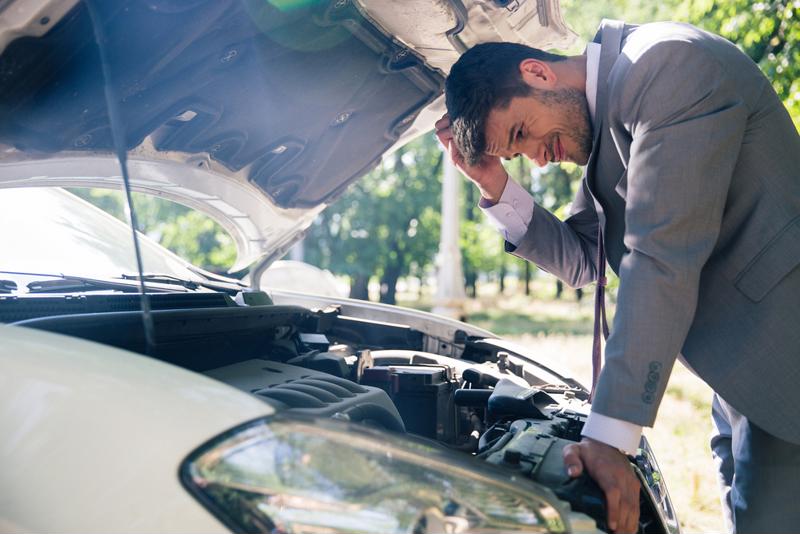 Pull over and open the hood to see if there’s an obvious issue.
Pull over and open the hood to see if there’s an obvious issue.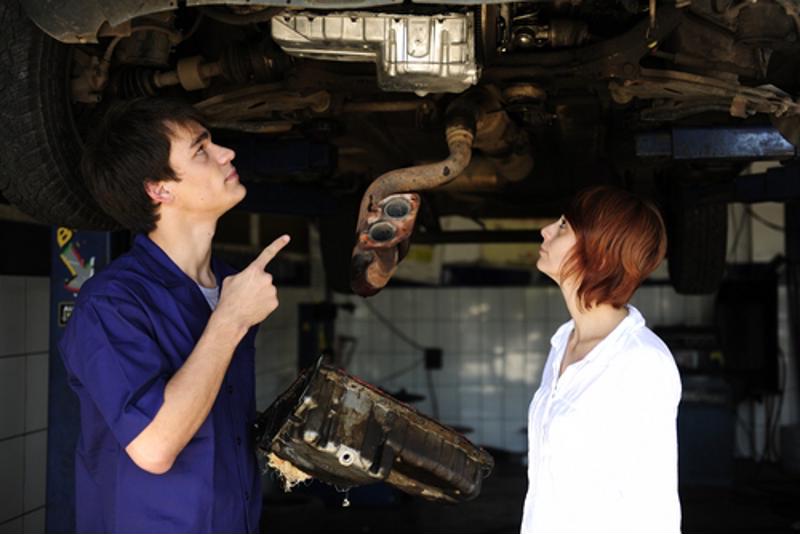 If your car isn’t starting, it needs attention from a mechanic.
If your car isn’t starting, it needs attention from a mechanic.
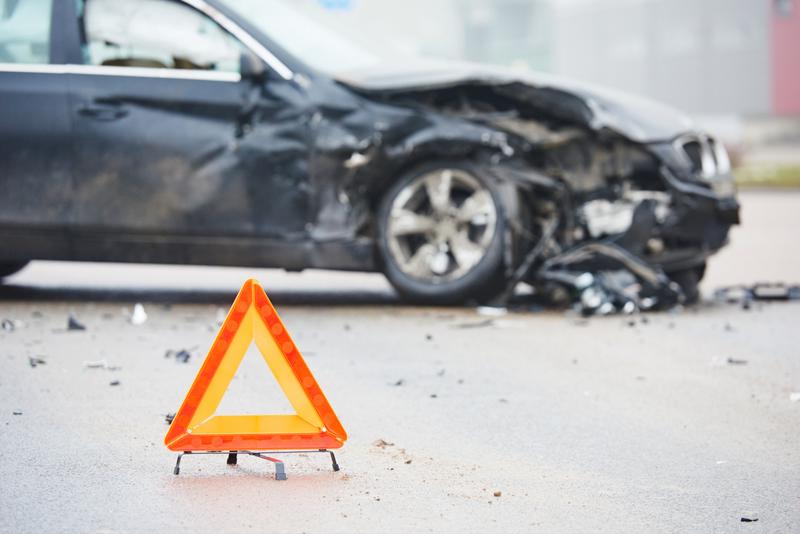 Reflective triangles will notify drivers to slow down.
Reflective triangles will notify drivers to slow down. Prepare for a dead battery with jumper cables.
Prepare for a dead battery with jumper cables.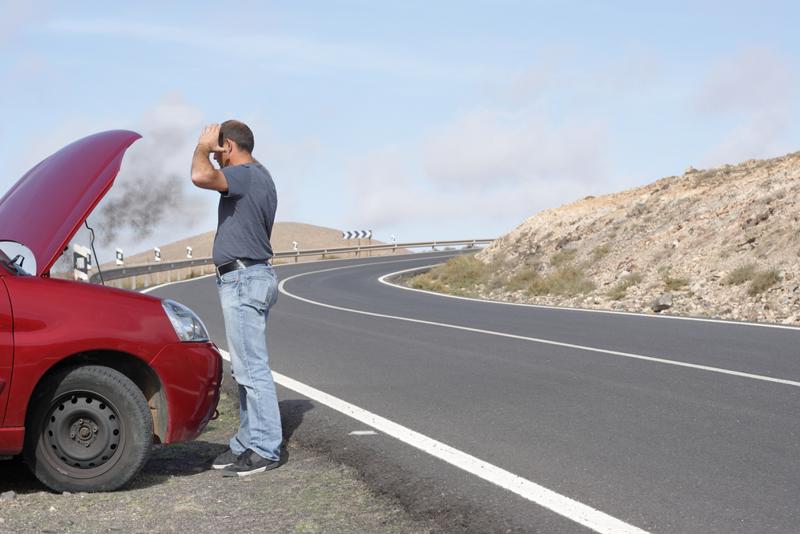 If you haven't seen a car in hours, you'll need to start walking to find help.
If you haven't seen a car in hours, you'll need to start walking to find help.
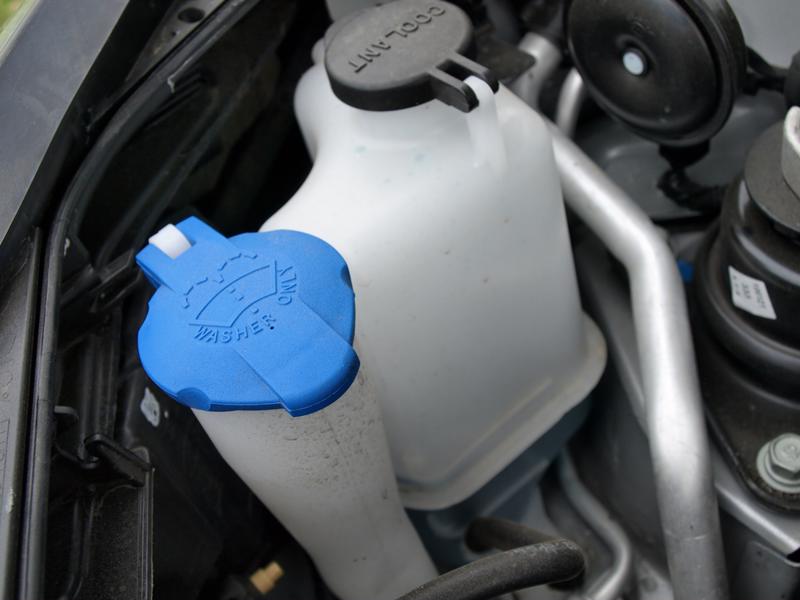 Your technician can top off your engine coolant before winter.
Your technician can top off your engine coolant before winter. A pair of winter windshield wipers can help you cut through the built-up snow.
A pair of winter windshield wipers can help you cut through the built-up snow. Make sure your heating system works so you can drive comfortably in the winter.
Make sure your heating system works so you can drive comfortably in the winter.
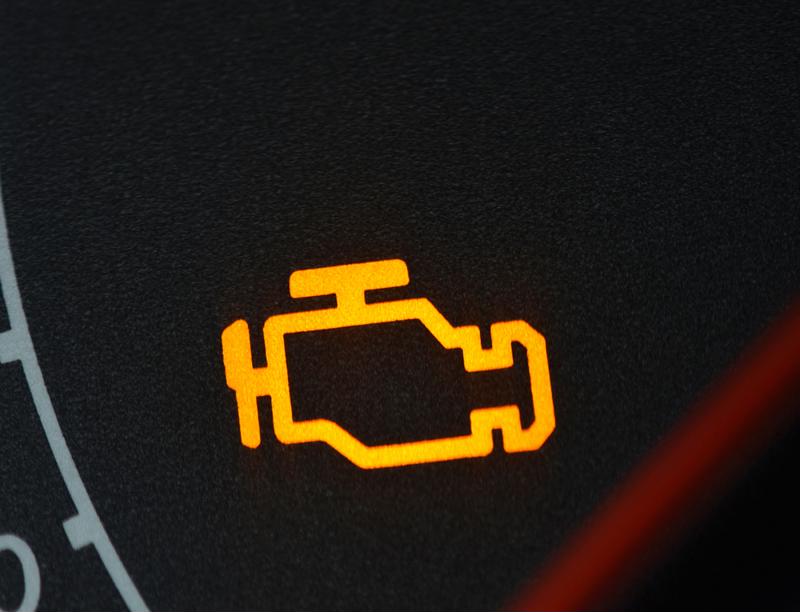 The check engine light signifies that something could be wrong. Your teen should know what the symbol means.
The check engine light signifies that something could be wrong. Your teen should know what the symbol means.
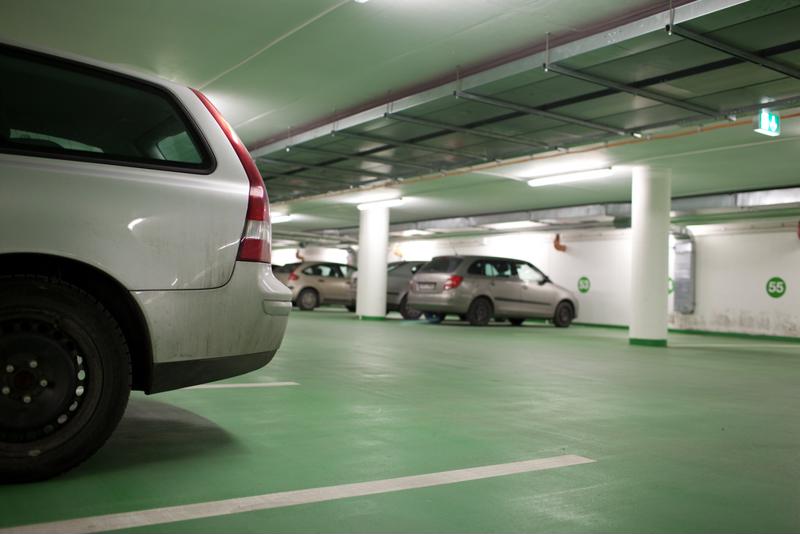 If you don't have your own garage, consider keeping your car in a public one for the night.
If you don't have your own garage, consider keeping your car in a public one for the night.
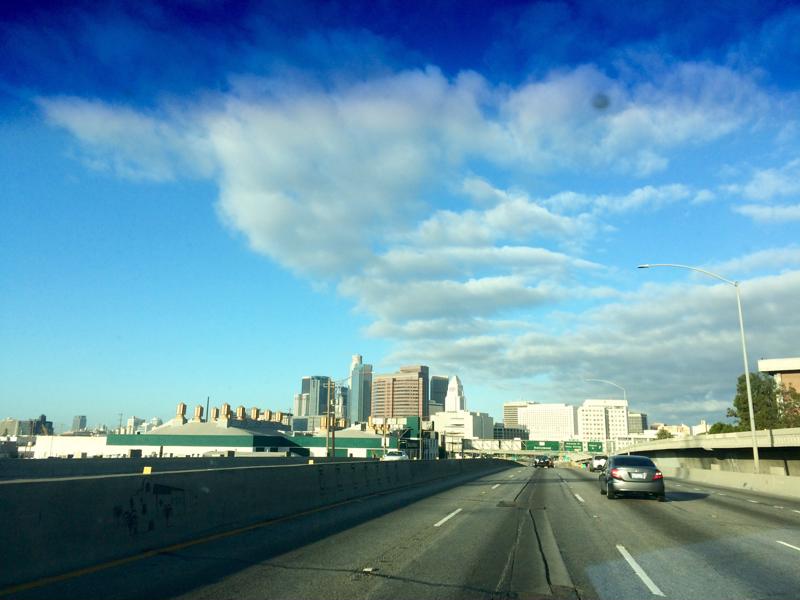 Choose a lane and stay in it.
Choose a lane and stay in it.
 To save some space in the car, only invite one person to help you unpack.
To save some space in the car, only invite one person to help you unpack.

 If you need to save money, your car doesn't need to have all the bells and whistles.
If you need to save money, your car doesn't need to have all the bells and whistles. 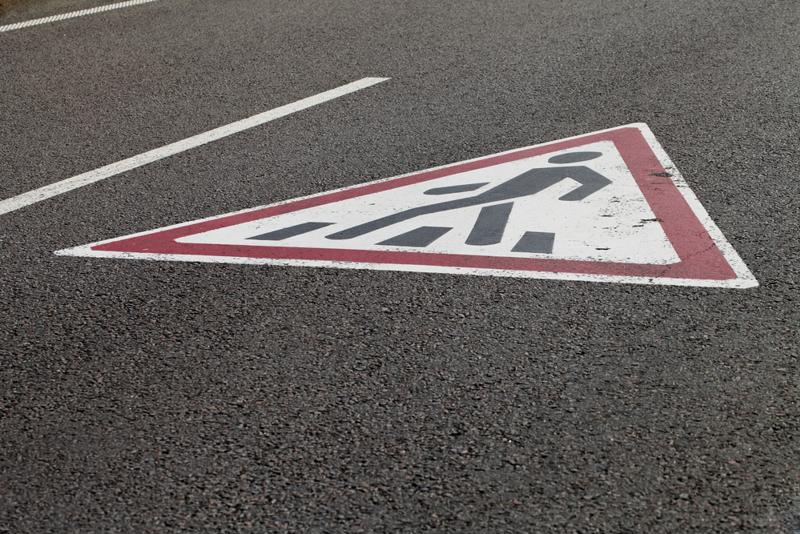 If your destination is in walking distance, leave your car at home.
If your destination is in walking distance, leave your car at home.